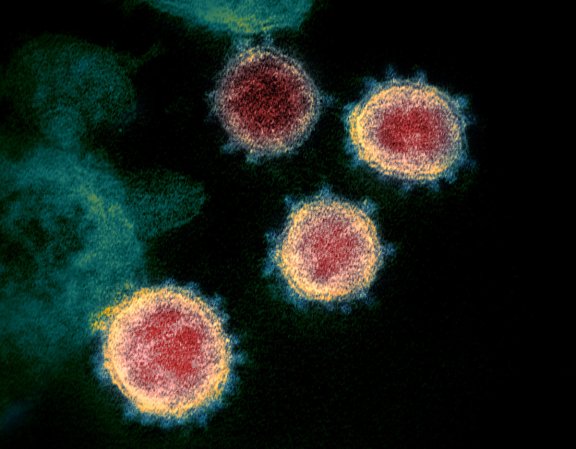

The World Health Organization (WHO) and Centers for Disease Control and Prevention (CDC) are tracking and studying a highly mutated new variant of the virus that causes COVID-19. Officially titled BA.2.86 and nicknamed Pirola on social media, the WHO has designated it as a “variant under monitoring.” This status applies to variants that have an unusually large number of mutations that call for monitoring as they spread.
[Related: What to know about the newly dominant ‘Eris’ COVID variant.]
According to Fred Hutchinson Cancer Center evolutionary biologist Jesse Bloom, BA.2.86 has more than 30 amino acid changes in its spike protein, compared with its next closest ancestor (Omicron’s BA.2 subvariant).
“We have not seen a new variant [in humans] with this many new spike mutations happening all at once since the emergence of the original Omicron,” Bloom told NBC News. “Based on the sequence, I think we can be very confident this [variant] is going to be relatively good at evading the antibodies that most people have from prior infections and vaccinations. What we still don’t know is, is this variant good enough at transmitting that it will really be able to spread widely around the world?”
So far, only six sequences BA.2.86 have been reported in the United States, United Kingdom, Israel, and Denmark, but epidemiologists are concerned that it is circulating in more places since monitoring COVID-19 variants has dropped.
“It is unusual for corona to change so significantly and develop 30 new mutations. The last time we saw such a big change was when Omicron appeared,” Morten Rasmussen, a senior researcher at the Statens Serum Institut (SSI) in Denmark, said in a statement.
SSI scientists stressed that it is currently too early to say if this new variant is more contagious or severe and that they are in the process testing it against human antibodies.
The CDC will keep monitoring BA.2.86, but did not say it is not currently a cause for alarm. According to the CDC’s variant tracker, the XBB descendant EG.5 (nicknamed Eris) is causing roughly 20 percent of all new COVID-19 cases in the US and is the dominant variant. The next most common variant is FL.1.5.1, causing about 13 percent new cases.
[Related: Your guide to COVID testing for the unforeseeable future.]
“I think what we are seeing is our detection mechanisms that we’ve put in place are working, right?” CDC Director Mandy Cohen told CNN. “We are more prepared than ever to detect and respond to changes in the COVID-19 virus.”
As the fall and winter virus season approaches, COVID-19 cases are expected to continue to climb around the US. The Food and Drug Administration (FDA) is expected to authorize updated booster shots soon, with signoff from the CDC expected by mid-September. The new boosters won’t include the specific EG.5 subvariant or BA.2.86, but will target the XBB strains.






















